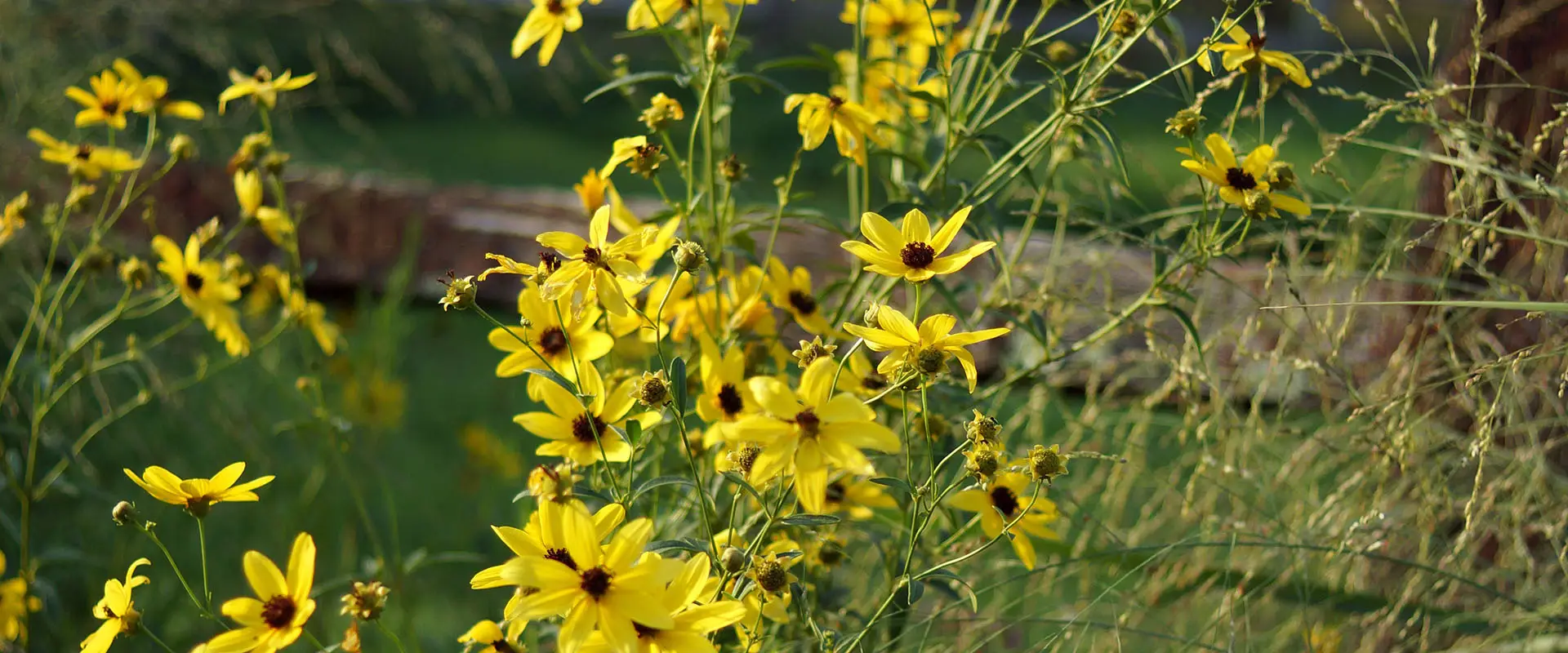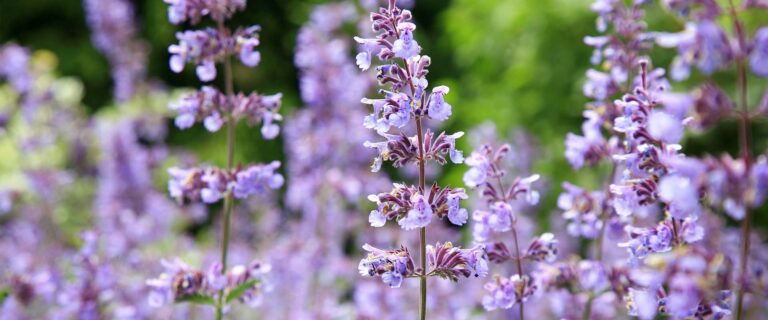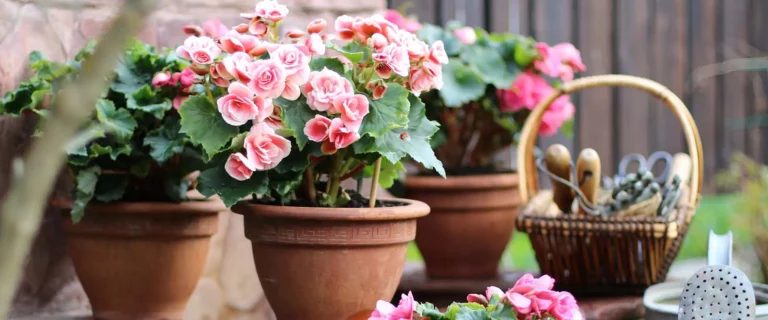One of the nice things about the late summer/fall season is that many of our native perennials are at peak bloom.
Late bloomers aren’t used nearly enough in the opinion of Sean, our horticulture guru here at The Gardener’s Center. Because they’re not blooming in the spring and the summer, they often get overlooked when people are shopping for plants. September is a great time to look for late-blooming natives and to plant them!
Three late-blooming native perennials we’re focusing on here are members of the asteraceae—or aster—family. These are all native to a good part of North America, east of the Mississippi River, from Maine down to the Gulf Coast. They’re also faves of all of here at The Gardener’s Center.
Aster Novae Angliae (New England Aster)
This is obviously a native here in Connecticut, and is a “straight up” species aster, not a hybrid or a cultivar. These plants have pink, purple or white blooms, as well as slightly different leaf shapes, and while they’re the same species, they may have different characteristics. Sean compares them to all of us being human beings and the same species, but some of us have red hair, some have brown eyes, etc.
Another reason people might pass on getting New England Asters is that they get really big; they can grow to be four to six feet tall. They like to grow in a sunny place with well-draining soil that’s not too soggy.
BUT! If a large aster like this scares you, Sean has a nice trick: Cut it back by half around the Fourth of July. That will make the plant branch laterally, giving you a shorter, but wider plant. It will also bloom a little bit later than it normally would.
Bonus, this aster is an excellent nectar source for our pollinators. (Sean was being chased by butterflies as he rolled a cart of these asters through the nursery!) That can be especially important this time of year as so many spring and summer bloomers that our pollinators depend on aren’t flowering anymore.
Coreopsis Tripteris (Tall Coreopsis)
You may be familiar with this coreopsis, and may be growing Moonbeam, Zagreb or Early Sunrise varieties, very common garden plants. This one, Coreopsis Tripteris, is commonly called Tall Coreopsis and… It’s tall! It can grow six to eight feet tall, but if you don’t have space for this or want a plant that’s more manageable in your garden, you can use the same technique as described above, cutting the plant in half around the Fourth of July. Again, you’ll get a plant that’s shorter, wider and more compact. But if you have a meadow setting or the space to let Coreopsis Tripteris do its thing, it’s absolutely spectacular! Sean says this should be high on your list!
Liatris Scariosa Nieuwlandii (Nieuwlandii Blazing Star)
And last, but certainly not least, we have a Liatris, another popular garden plant, commonly called Blazing Star or Gayfeather. These plants typically have purple or white spikes, but this one is a little different… Instead of spikes, the flowers of Liatris Scariosa Nieuwlandii come out in “poofy” clusters. Another special feature is their dark stems; Sean loves the stems! Liatris Scariosa Nieuwlandii blooms four to six weeks later than other Liatris varieties, which, again, are a great boost for our late-season pollinators.
These are three choice native pollinator perennials for you to consider. All three are members of the aster family, are native to eastern North America, and provide fall food for our bees and butterflies. Add some fall color to your place with these late bloomers!
Keep your garden active and beautiful! You can well into late fall with wonderful plants like these. And if you need any help or have any questions, you have friends and gurus at The Gardener’s Center right here!









